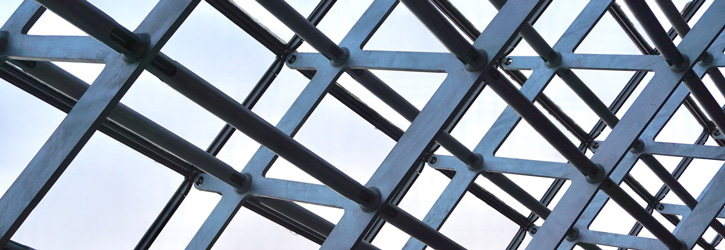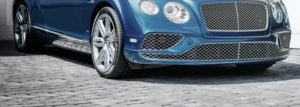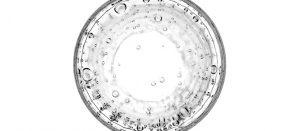
Towards High Performance Aerospace Systems
The US National Aeronautics and Space Administration or NASA, is coming out with an amazing and all-new metal 3D printed alloy that proved to be 1,000 times more durable than other available aerospace alloys. Know more about this wonder alloy and how it can propel NASA aerospace systems design to greater heights.
NASA’s latest innovation is the GRX-810 which is an example of an oxide dispersion strengthened (ODS) alloy, and is 3D printable. The metal is composed of oxide particles in nano scale, more malleable than other alloys and can endure temperatures of over 1,090 °C. Hence, it affords both strength and durability to aerospace components. It is applicable for systems such as rocket engines and turbine engine combustors.
NASA R&D knows how harsh and unforgiving outer space is, therefore, under extreme environmental conditions, their materials must have mechanical properties that perform optimally. The GRX-810 has twice the fracture resistance, three and a half times the ductility and malleability, and over 1,000 times the durability under stress. NASA R&D looks into materials development, aiming for new types of materials, stronger, more lightweight, with the ability to stretch and bend before breaking while tensile strength is increased.
It is the nanoscale oxide particles that render the incredible performance benefits of this wonder alloy. It boasts of remarkable performance improvements, including improved fuel efficiency and lower maintenance costs.
NASA’s new alloy development process resulted in GRX-810’s impressive blend of characteristics. 3D printing technology was combined with thermodynamic modeling to achieve the material’s breakthrough performance. Though ODS alloys are usually difficult, costly and time consuming to develop, NASA was able to leverage thermodynamic modeling and utilize laser-based 3D printing to bring down development time and accelerate development rate.
Changing The Future of Space Flight
Serving the aerospace community for the last three decades, your reliable 3D printing company, 3D Composites, is available for inquiries and discussions on your aerospace needs.



